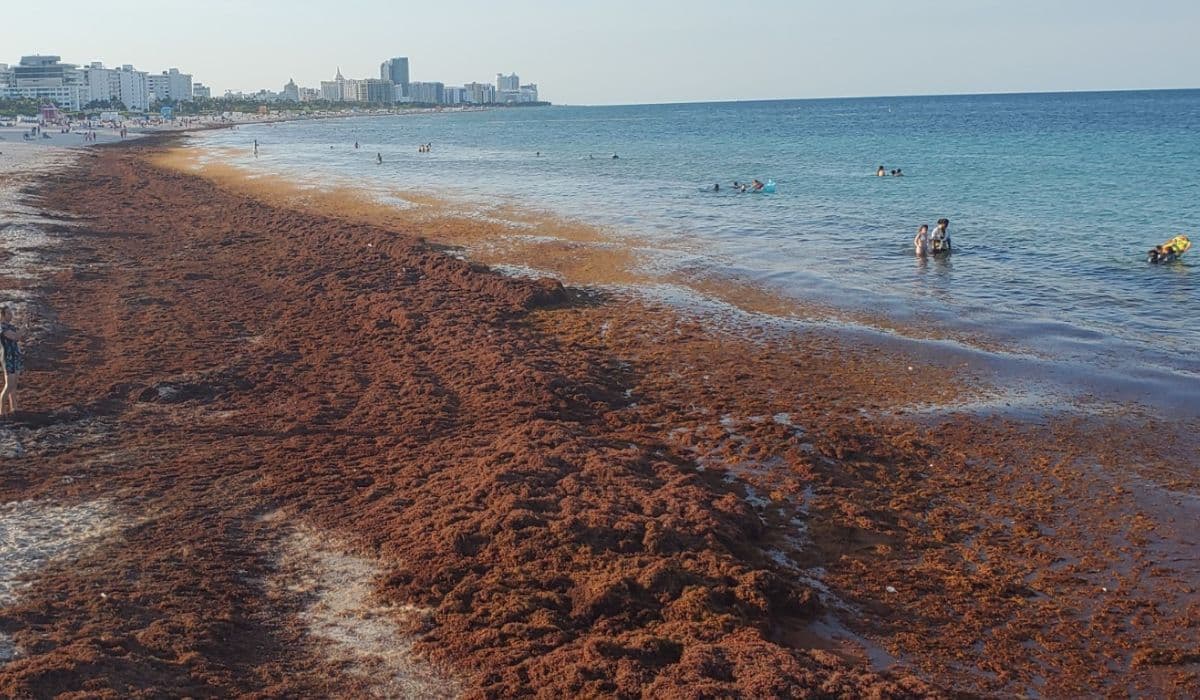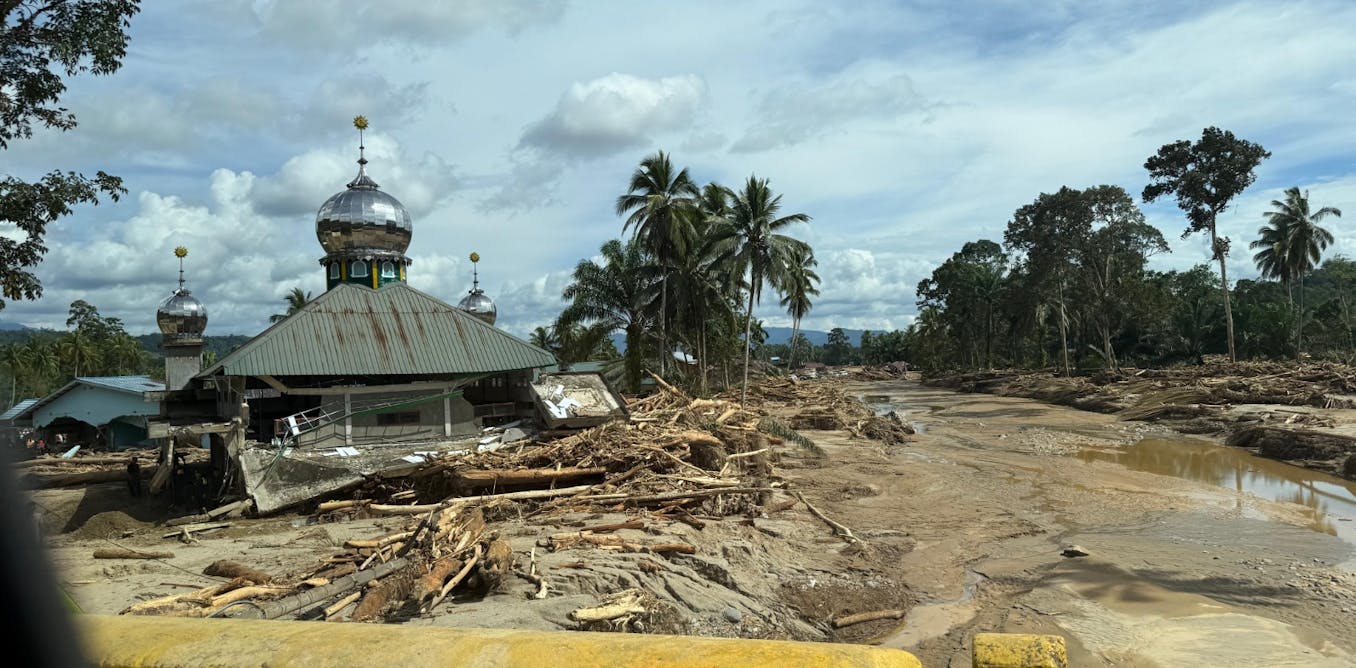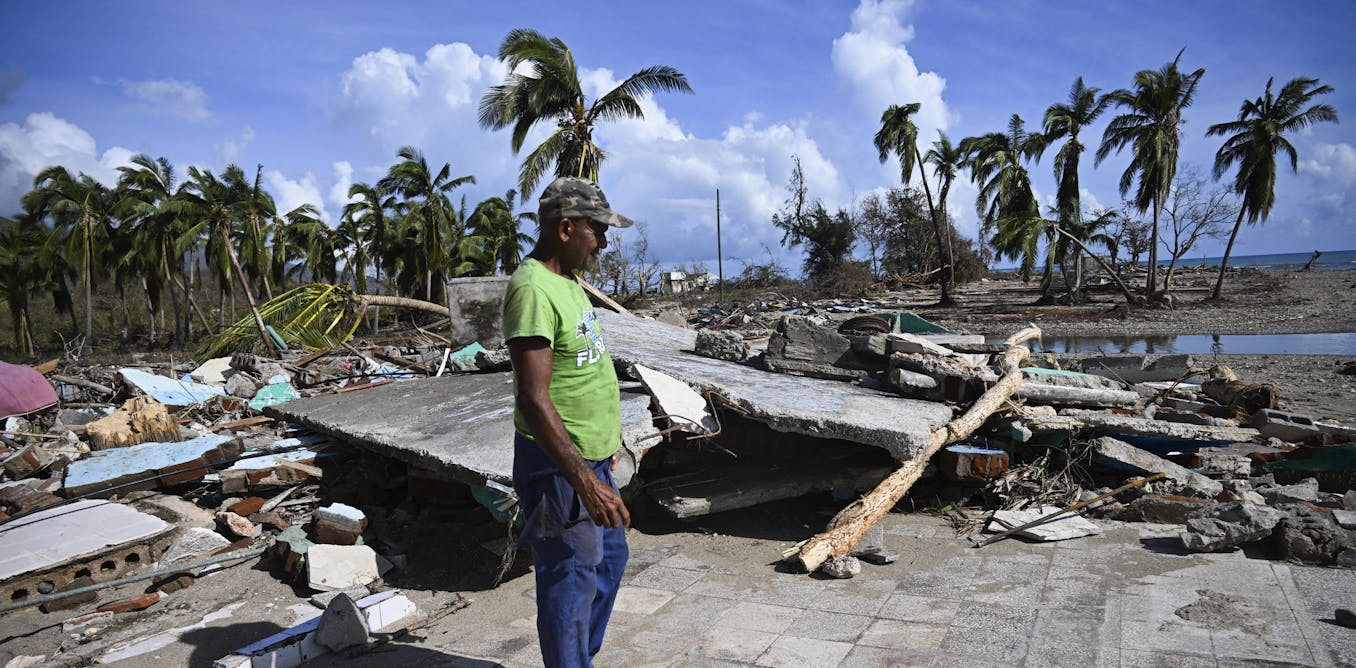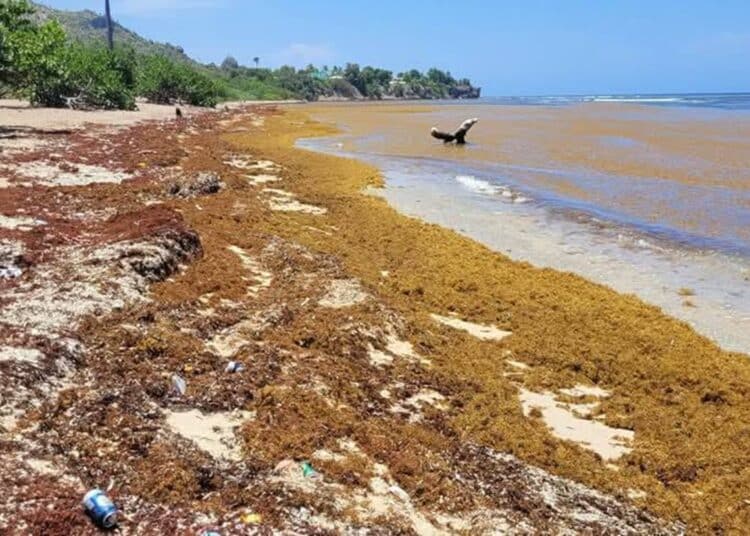Cuba is facing a serious environmental crisis as massive amounts of sargassum seaweed inundate the eastern coastline of Guantánamo province. In response, the Cuban Ministry of Science, Technology and Environment (CITMA) has issued a maximum alert, citing both environmental and public health risks.
According to an official statement from CITMA’s regional delegation, the heavy concentration of decomposing sargassum is releasing toxic gases such as hydrogen sulfide and ammonia. These emissions can cause eye, nose, and throat irritation, along with headaches, nausea, dizziness, and respiratory complications — particularly among individuals with asthma or allergies.
The alert also warns of potential skin and gastrointestinal infections, as the decaying seaweed hosts harmful bacteria that can spread through direct contact or contaminated water.

Experts link this phenomenon to climate change, highlighting rising sea temperatures, shifts in ocean currents and wind patterns, and nutrient pollution (notably nitrogen and phosphorus) as key contributing factors.
Local authorities and volunteers — including students and faculty from local medical schools — have launched cleanup efforts in affected recreational areas like Tortuguilla Beach. Still, the scope of the invasion is raising major concerns.
Satellite monitoring has revealed a vast belt of sargassum drifting across the Atlantic. Unless dispersed by weather events like tropical storms, this year’s landfall could exceed the record set in 2018, when more than 522,000 tons reached the Caribbean.
Communities such as Baracoa, San Antonio del Sur, Baitiquirí, and El Guanal are already reporting severe impacts, including overwhelming odors, respiratory problems, marine life die-offs, and corrosion of metal infrastructure. The local fishing industry and tourism sector are also under threat, with little immediate support available.
The CITMA has urged residents to avoid direct contact with the seaweed and to stay informed through official channels.
Where Does the Sargassum Come From?
Historically, sargassum reaching the Caribbean has originated from the Sargasso Sea in the North Atlantic. However, in recent years, scientists have identified a new source: the Great Atlantic Sargassum Belt, stretching from West Africa to Brazil.
Fueled by ocean currents, trade…
Read full article: Another Popular Caribbean Island On Alert Over Massive Sargassum Invasion

The post “Another Popular Caribbean Island On Alert Over Massive Sargassum Invasion” by Viktor Vincej was published on 06/24/2025 by www.travelinglifestyle.net







































Leave a Reply